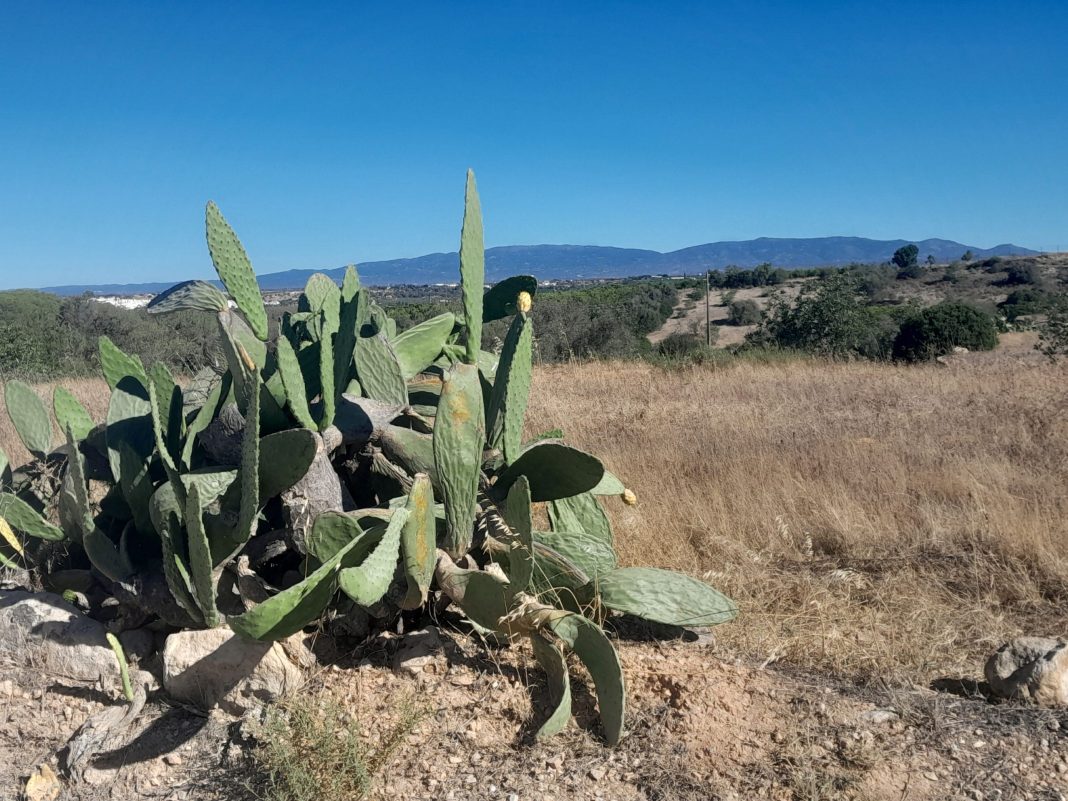With all the recent publicity about people disappearing when out walking in hot weather, i was intrigued to find this long-buried post on my website. It dates back to June 2014, however I’m sure the original guest author – Joseph (I don’t seem to have his surname) – would be more than happy for me to share his excellent advice once again. I guess in many ways we’re safer now because we all carry phones equipped with GPS. That said, phone batteries die (as in the case of missing teenager Jay Slater) and super-high temperatures are becoming the norm. We aborted a walk only last Sunday because of high temperatures and a lack of shade. It makes sense to take precautions before you venture out.
Stay safe everyone. Now over to Joseph.
When you think about summer hiking, you probably imagine the blistering sun beating down, dusty soles edging on hot rock, snakes rattling from the bushes, and shimmering mirages off in the dusty distance. And yet, these thoughts aren’t all that far from the precautions one must take when considering a desert hike or during the summer months. Important things to consider on your hike are the conditions of the trail, staying hydrated, wearing adequate clothing and carrying helpful gear, as well as the possible dangers of exposure and fatigue when it’s hot outside. Consider the following points when you’re planning your next summer hike.
Proper planning
The first point of your logistics should be to tell someone you’re going for a hike. Tell them when, where, for how long and swap contact names and numbers for all those in the party. Prepare an emergency plan. Hiking as a pair or as a team is not only safer, but sharing the experience is more fun. Make sure you research your proposed route and any contingency plans. Take note of any potable water points or permanent streams and lakes as these may become useful in the event you exhaust your water supply.
Know your terrain. Sometimes it’s best to make sure the members of your team are of similar ability, but in the case of a family group or multi-experienced team, pace yourselves to accommodate the lowest level of experience in your party.
Check the weather before you go. This will help you to plan more effectively for possible severe events, even though it’s good to pack a rain jacket anyway. In more mountainous terrain, the weather is increasingly unpredictable and so too the likelihood of being caught in a thunderstorm, especially during the summer months and even in the desert.
Stay hydrated
Clothing
Footwear
Wear appropriate hiking boots and be sure they have adequate tread, can lace up tight, and fit properly. If they are too tight or loose, you can develop blisters and actuate poor circulation. High-topped hiking boots can also help protect your ankles through cactus and snake terrain. If you’re planning a trip with a few hikes, or a particularly long hike, and you’re thinking of purchasing new boots, it’s a good idea to break them in for at least two to three weeks prior. A tip to help minimize friction inside your boots and prevent blisters or hotspots forming is to wear two layers of socks. Wear a thin under-layer made from a material that helps wick moisture away from your foot and a second thick outer-layer sock to provide good support and cushioning. The friction will be mitigated between the two layers of socks and reduce any potential hotspot on your foot.
Selecting the proper pack
Bring the proper gear
It’s important to pack anything you may need in the lightest way possible. You should bring a headlamp to be contingent on a late arrival time. Make sure to have sunscreen, bug repellant, extra batteries for your headlamp, a first-aid kit, a flint fire starter, and a GPS device or a map.
About the author:
Back in 2014, when he contacted me, Joseph was an avid kayaker based out of the central Texas area. He had spent many a weekend and holiday on the Texas coast attending sea kayaking events or just having some fun with a kayak or paddleboard.
Related














